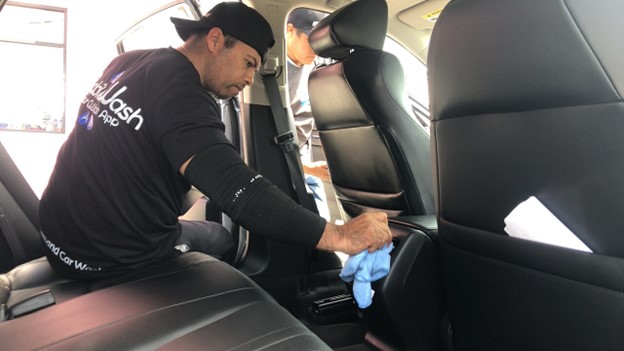Regarding personal injury claims, states use two approaches to determine who is at fault. One of these is the contributory negligence defense, where if the hurt individual contributed to the accident that caused their injury, the defendant goes free. This article guides understanding contributory negligence, how it works, and how it affects claims.
How Contributory Negligence Works: The Doctrine
Under contributory negligence, a defendant can be free from paying compensation if the plaintiff played a part in the accident that caused their injury. The rule states that the defendant is not held responsible even if the plaintiff’s part is only one percentage. The plaintiff cannot win the claim and will collect nothing as compensation.
For example, if a drunk truck driver hits a bicyclist while the latter is running a red light, the bicyclist is not using reasonable care. Although the driver was not acting reasonably as they were drunk, the bicyclist was also negligent. In a state that follows the contributory negligence rules, the drunken truck driver can walk even if they are 99 percent to blame.
Contributory Negligence Defenses
In personal injury or tort cases, it is imperative to establish negligence for two reasons. One, the plaintiff has to show negligence on the defendant’s part if they will get compensation. Two, the defendant can prove negligence on the plaintiff’s part to escape liability in contributory negligence states.
A plaintiff typically has to prove negligence by showing that the defendant’s behavior was below the standard of care of a reasonable individual. If a reasonably prudent individual had been in the same situation, they would have acted differently.
Who Proves Contributory Negligence?
In tort cases, the plaintiff bears the burden of proving negligence on the at-fault party’s part. That is, they must show that the defendant was negligent and they got hurt because of it. In response to the claim, the defendant can claim contributory negligence, which defendants often use as a defense to avoid liability.
The defense is burdened to prove contributory negligence by showing that the plaintiff was also negligent. They must show that the plaintiff acted unreasonably under the circumstances and that their actions contributed to the accident.
Essentially, the defense has to convince the jury of what the average community member would do in the same situation as the plaintiff. The standard of care does not consider the plaintiff’s knowledge or abilities. The jury will also determine if the plaintiff acted unreasonably in the situation.
If the defendant can successfully prove the other party’s negligence, the plaintiff can lose their ability to recover damages. If you are in a situation like this, you should talk with a lawyer who can help you understand how everything works. They can explain the rules and how the claim will turn out.
Conclusion
Contributory negligence states allow a defendant to contest a personal injury claim by proving that the plaintiff shares the blame for the accident. If the defendant succeeds, the plaintiff will lose the right to collect compensation for their losses. This is true even if the blame the plaintiff shares in the accident is only one percentage.
Contributory negligence applies in only a few states, including North Carolina, Maryland, Alabama, and Virginia. “If you live in a contributory negligence state, consider hiring a lawyer to help you understand the rules. They can also help you set realistic expectations for your case or let you know if you have one,” says attorney Gregory P. Fayard of Emmanuel Sheppard & Condon.











